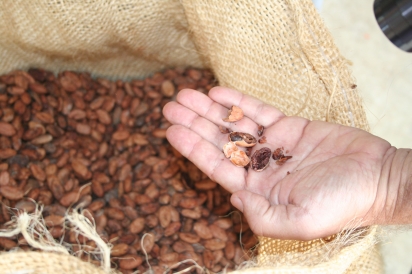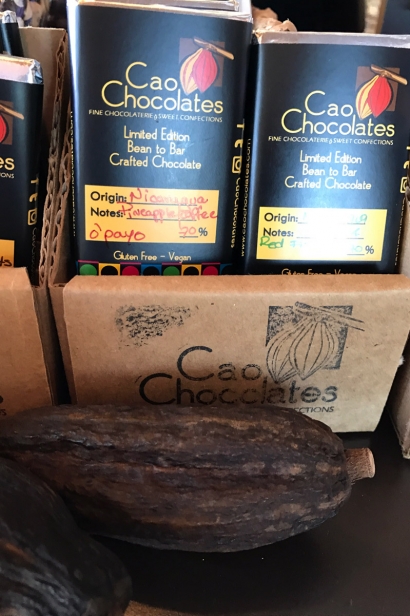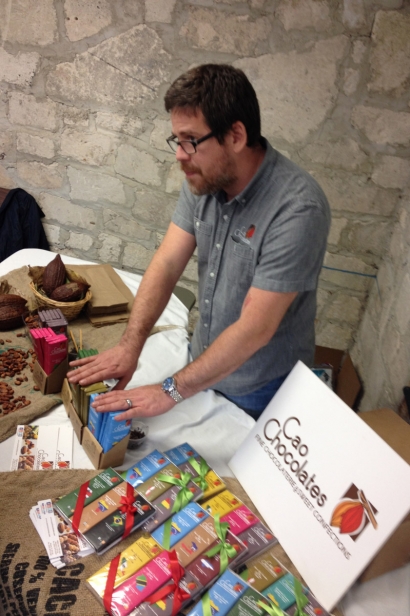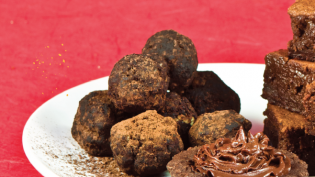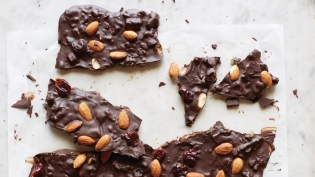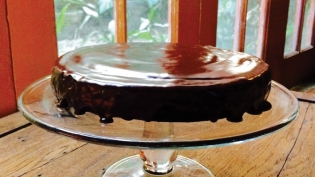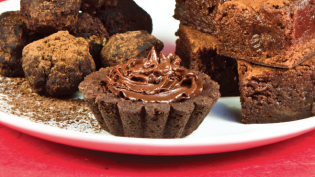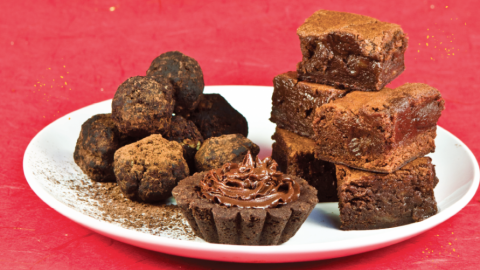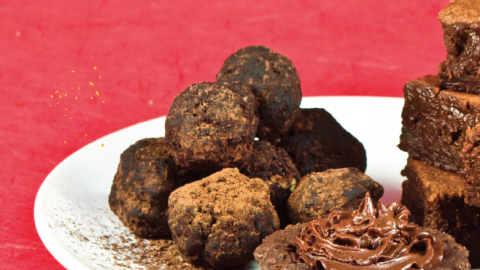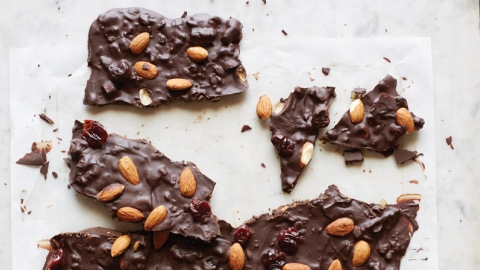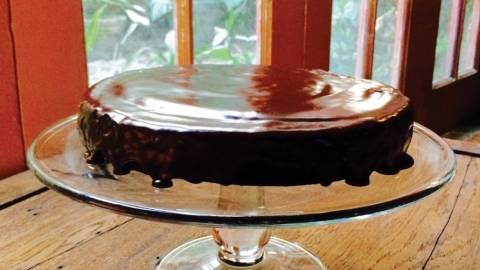The Future of Candy Bars and Cacao and the USDA at Chapman Field
This genetic and cultural transformation of our beloved source of chocolate is not for the entertainment of a demanding public, rather a struggle for survival against the ravages of the natural world.
Small and insignificant to the eye, a trio of diseases threatens the health and production of the cacao plant worldwide, sending ripples through corporate giants, grocery store shelves and our own kitchens and dining rooms.
This is the story of the cacao’s struggle (and triumph?) to survive, with the help of the United States Department of Agriculture (USDA), commonly known as Chapman Field, right here in South Florida.
Native to the Amazon Basin, cacao (Theobroma cacao) for thousands of years has enjoyed a successful marriage with mankind. The seeds have been used as currency and dried and ground for use in ceremony. Cacao has permeated the everyday life, art and culture of the people of the Americas, and has benefited in terms of improvement in production, adaptation and usefulness.
Vegetable Gold
In modern times, European and American corporations directed the creation of the current business of cacao and chocolate. This vegetable gold of the Amazon came to the aristocracy as exotic and exclusive products far beyond the reach of the common man. It has been only in recent decades that chocolate has become a staple of our lives. Could that now be in danger?
As the cacao plant was conquering Europe and North America, export industries were created, first in the Americas and later in Africa and Asia. With the creation of these industries came monocultures and inbreeding, followed by the appearance of devastating diseases. Today these diseases threaten the once-vibrant export and domestic industries with ruin, causing cacao growers, exporters, importers and consumers to lose sleep. There must be a coordinated and holistic approach to cacao, its genetics and production. This is where Chapman Field comes in.
The Subtropical Horticultural Research Unit of the USDA, Chapman Field has been instrumental in the effort to rescue the cacao. For decades, the station on Old Cutler Road has maintained collections of this cold-sensitive tropical plant. The idea has always been to grow the cacao outside of the regions where debilitating diseases occur, so that disease-free material could be introduced to new cacao regions without fear of spreading disease further. In the last couple of decades, as genetic techniques have evolved and improved in their scope, work began at the USDA to use genetics to direct the breeding of cacao to develop new, disease-tolerant or even disease-resistant cacao varieties. This work was spearheaded by the USDA’s Dr. Ray Schnell, who, with a large supporting cast of USDA, domestic and foreign collaborators, embarked on their long and arduous path for the improvement of cacao.
Science at Work
Behind the chain-link fence, USDA scientists and horticulturists labored in the field, greenhouse and laboratory to identify parts of the cacao genome that held the potential for disease resistance. They crossed and selected, shared material across the world and screened for resistance. Their work was financially and scientifically assisted by Mars – the corporation behind M&Ms, Snickers and Milky Way – that provided yearly funding for the work. For Mars, this work would be vital to the long-term health and viability of the world cacao industry. Dr. Schnell would later go to work for Mars in close association with the USDA, leaving behind a legacy of pioneering work.
New varieties and disease management techniques are beginning to find their way as USDA and Mars scientists toil away in search of a bright cacao future. Perhaps within a few years we may have our own cacao industry here in Florida. At the least, we hope for disease-resistant varieties that can rebuild and transform our current export and local industries and safeguard the world chocolate supplies.
The next time you drive by Chapman Field or enjoy a fine bar of chocolate, ponder the centuries of work that have gone into its making. Agriculture is always a struggle and it never ends. The climate will change, diseases ravage, breeding lines narrow and humans crave something new. Behind that fence along Old Cutler is a battleground on which the survival of one of mankind’s most iconic crops depends.



